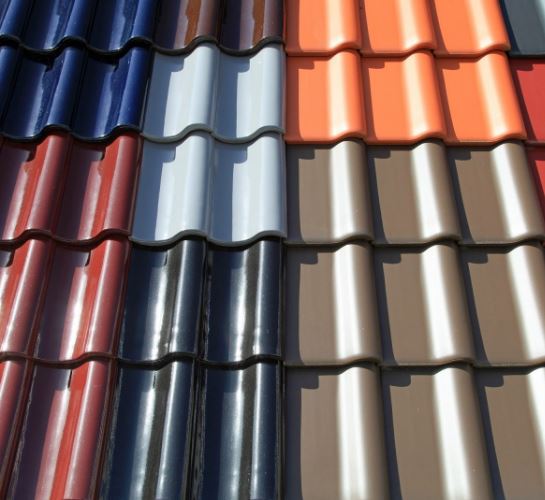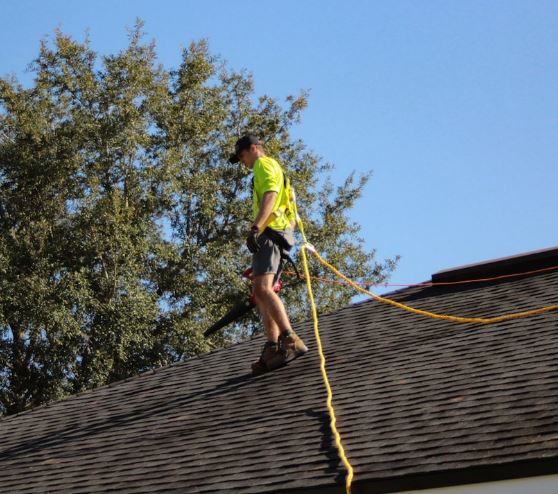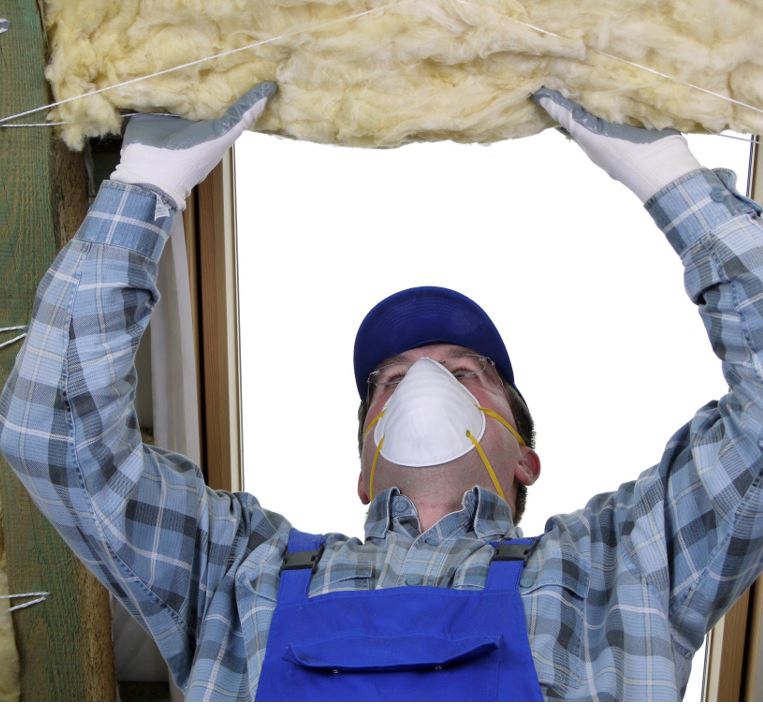Keep Your Roof in Great Shape Year-Round with These Helpful Tips

Proper maintenance of your roof can protect your home from the elements and guarantee its longevity. A strong and well-maintained roof shields your property from rain, wind, and snow and elevates your home’s value.
Whether you live in a climate that subjects your roof to harsh winters, intense summers, or heavy rains, you need to adopt proactive measures. Here, we will provide you with practical tips that can keep your roof in great shape throughout the year.
Conduct Regular Inspections
Homeowners should aim to inspect their roofs at least biannually, ideally in the spring and fall. This regular check identifies any potential problems before they escalate. Look for missing or damaged shingles, rusted flashing, or signs of water intrusion in the attic. Pay special attention to areas around chimneys and vents.
When inspecting, consider the age of your roof. If it’s approaching the end of its expected lifespan, keep a watchful eye for signs of deterioration. If you don’t know how to evaluate its condition, you can hire a professional roofing contractor in Rockville (or a professional in the area) for a thorough assessment. They can provide expertise in spotting subtle issues and suggest appropriate maintenance strategies. Take these steps so that your roof remains functional and extends its life.
Keep Your Gutters Clean
Clogged gutters can be a roof’s worst enemy — the primary cause of water build-up and potential leaks. Keep your gutters and downspouts clear to maintain roof health. Ideally, you should clean your gutters at least twice a year, and more frequently if your home is surrounded by trees. Leaves, twigs, and debris can accumulate quickly after heavy rains. Using a ladder, safely reach your gutters and remove obstructions. If this task feels frustrating, invest in a professional service to handle the cleaning.
A clean gutter system directs water away from your roof and foundation, preventing damaging overflow that could lead to expensive repairs. If your area is known for harsh weather conditions, add gutter guards to reduce the frequency of cleaning and provide additional protection. Regular maintenance of your gutter system protects your roof and guards against mold and mildew.
Address Roof Leaks Promptly
When you notice signs of a leak, such as water stains or ceilings on the lower levels, act quickly. Leaks can originate from various sources, including worn-out shingles or damaged flashing around chimneys. Identifying the source might require some investigative work, which may not always be straightforward.
Document any noticeable changes or damage to assess the situation properly. They will have the tools and expertise needed to locate leaks and provide effective repairs. Letting a leak go unchecked can result in rotting wood, damaged insulation, and even mold growth, all of which can escalate costs. Skylights and vent pipes should be adequately sealed can provide additional layers of protection against weather damage.
Repair or Replace Damaged Shingles
Damaged or missing shingles can expose your roof to further damage. After a thorough inspection, make it a priority to replace or repair any compromised shingles. Many homeowners find this task manageable with some guidance and the right materials at hand. There are various types of roofing materials available, each with different longevity and resistance to wear.
Evaluate your options and discuss them with a roofing contractor to check if your replacements are compatible with your existing roof. If your roof’s underlying structure is compromised, a complete roof replacement may be necessary. High-quality shingles can provide added assurance against future problems. Your roof is the first line of defense against bad weather, so you want it to be in top shape for the longest time possible.
Invest in Proper Insulation and Ventilation
Poor insulation and ventilation can increase the risk of melted snow refreezing in gutters and creating ice dams. These ice dams can force water under shingles. Your attic should be well-ventilated to avoid warm air from escaping during winter and keep the structure cool in summer.
The right air circulation prevents damaging moisture buildup and protects both your roofing materials and your home’s integrity. These improvements can lead to substantial long-term savings by preventing costly repairs and reducing energy bills through better heating and cooling efficiency.
Plan for Seasonal Maintenance
Each season presents unique challenges for your roof, from winter snow loads to summer heat. Develop a checklist for each season, outlining necessary tasks to maintain your roofing system effectively.

In the winter, be vigilant about removing snow buildup to prevent excessive weight from damaging the roof structure. In spring, clear debris, clean gutters, and inspect for damage sustained during the winter months. Summer maintenance should include checking for sun damage to shingles and ventilation efficiency. Prepare for fall by cleaning your gutters again and checking for any new damage created during the changing seasons. Effective seasonal planning can mitigate risk factors so that your roof endures the tests of time and weather.
Many local service providers offer seasonal inspections and keep your roof in top shape with minimal effort on your own. Taking action to maintain your roof can promote sustainability and enrich your home life. Proper upkeep will avoid unnecessary expenses and enable you to enjoy your living space with peace of mind.







